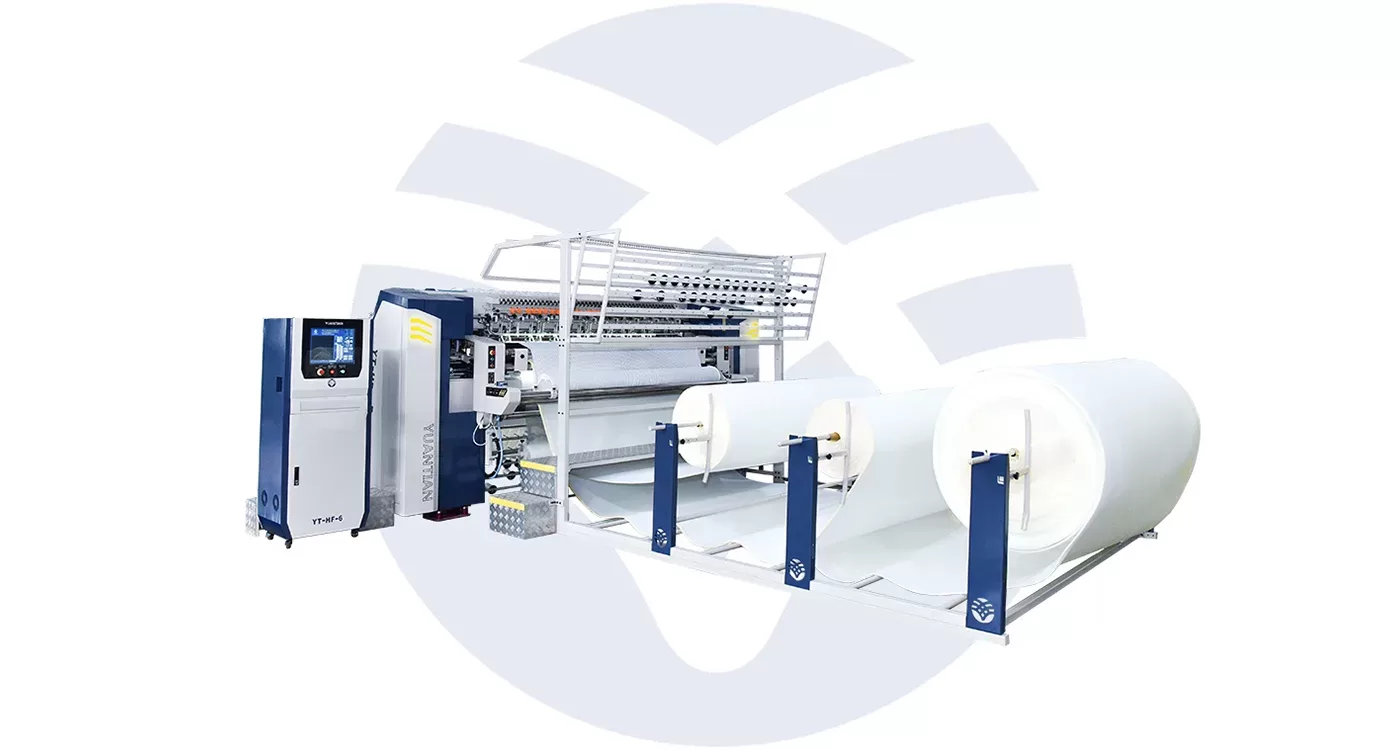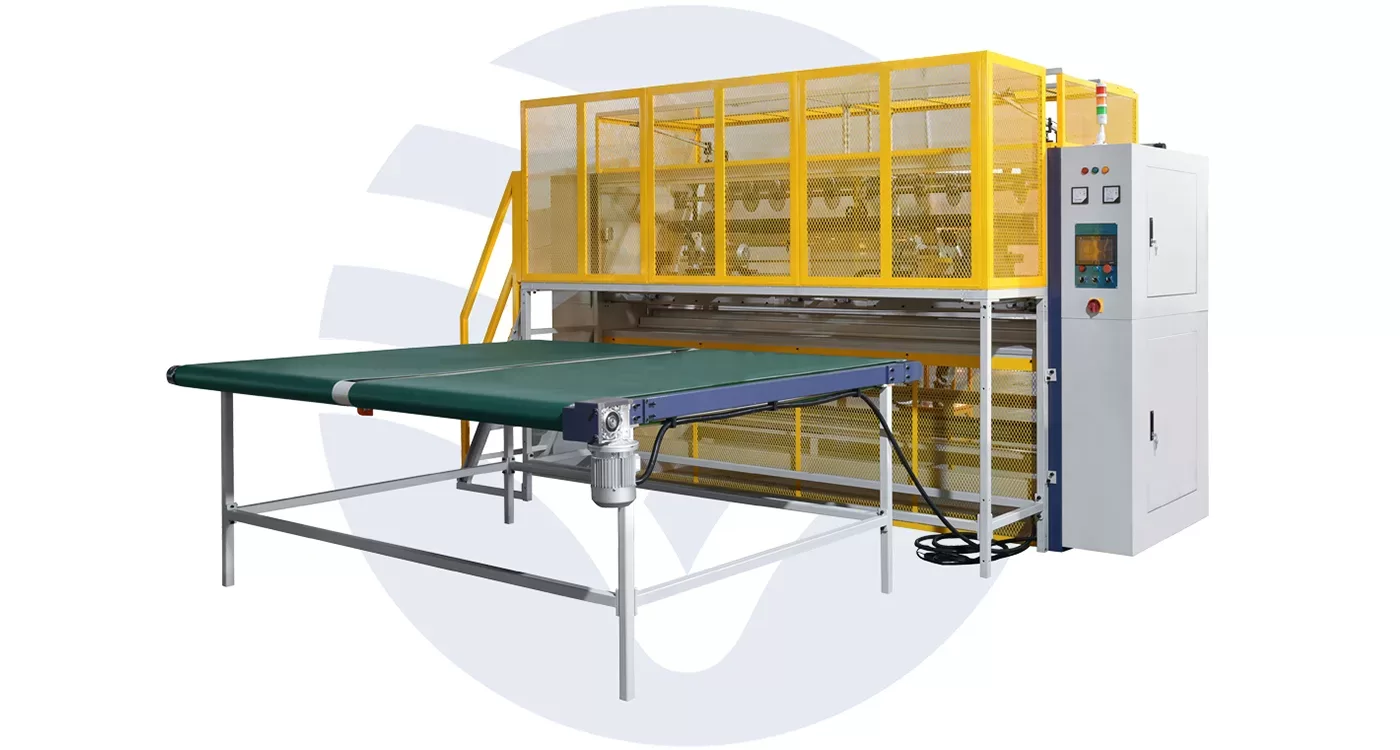- Home » Mattress Machinery Maintenance: Tips for Longevity and Performance
Mattress manufacturing relies on specialized machinery designed to perform precise tasks such as cutting, sewing, quilting, and assembly. Proper maintenance of these machines is critical to ensuring their optimal performance and longevity.
Ignoring maintenance can lead to costly downtime, reduced production efficiency, and compromised product quality. By following a structured maintenance strategy, manufacturers can maximize the reliability and lifespan of their equipment while sustaining high production standards.

Importance of Machinery Maintenance
Investment in machinery maintenance surpasses mere asset protection but also ensures smooth operation and consistent output. Well-maintained machines reduce the chances of sudden breakdowns, eliminate operational inefficiencies, and ensure the production of quality mattresses.
Over time, poorly maintained equipment may develop operational flaws that disrupt workflow, increase energy consumption, and lower product quality, affecting customer satisfaction and profitability.
Daily and Routine Maintenance Practices
Regular maintenance starts with the easy but very important daily checks. Visual inspections based on wear, loose parts, or leaks are critical for detecting forthcoming problems. Cleaning machinery surfaces and components helps prevent the deposition of debris, dust, and oil, among other things, which interfere with the performance of the machines. Cleaning is particularly important in quilting and sewing machines, as often there is residue from fabrics present.
Proper lubrication of moving parts is another fundamental aspect of daily maintenance. Without adequate lubrication, friction between components can cause overheating, excessive wear, or even mechanical failure. However, care must be taken to avoid over-lubricating, which can attract dust and grime, leading to blockages.
Alignment-sensitive machinery, such as that used for cutting or stitching, should be regularly checked for alignment and adjusted accordingly. Misalignment will result in irregular seams, incorrectly cut materials, or unbalanced parts, all of which reduce product quality and waste material.
Deeper Maintenance: Weekly and Monthly Checks
More than just that, the weekly routine requires a deeper inspection and cleaning. This could include the removal of panels for access to internal parts, checking that moving parts have nothing obstructing them, and tightening any loose fasteners. Vibrations from any machine may, over time, progressively loosen screws, bolts, or other connections. This can make parts shift or malfunction.
Monthly maintenance should emphasize system calibrations, especially for machines that cut or quilt with precision. Calibration ensures all settings conform to manufacturer specifications, reducing the risk of dimensional inconsistencies in mattress components.
Systems such as air compressors or hydraulic units require specific attention, including cleaning or replacing filters to maintain operational efficiency and minimize energy consumption. For hydraulic and pneumatic systems, inspections should include checking for leaks, pressure stability, and worn seals or hoses.
Long-Term Maintenance Strategy
A long-term maintenance strategy would be the proper implementation of an overall maintenance schedule. The servicing should be done by professionals, certified technicians who will be able to recognize and rectify issues that may not be obvious to the user doing routine servicing. Biannual scheduled inspections are the best way to prevent major issues and ensure that the machinery functions optimally.
Another important aspect involves updating the software in the machines. Most modern mattress-making machines use some kind of digital controls or automation, which often receive periodic updates to enhance functionality, safety, and bugs.
A proactive approach also requires keeping a good inventory of critical spare parts, like belts, needles, bearings, and sensors. This reduces downtime by allowing immediate repairs when components fail.
Long-term maintenance effectiveness also depends on staff training. Operators and maintenance personnel should be adequately trained in proper techniques of machine operation, troubleshooting, and repair. Well-skilled staff are capable of identifying minor issues in no time and preventing their development into costly problems.
Common Issues and How to Prevent Them
While following a maintenance plan significantly reduces risks, some common issues still require attention. Overheating, normally caused by improper lubrication or clogged cooling systems, can be avoided by ensuring good airflow and keeping the cooling mechanisms serviced. Misaligned parts, such as cutting blades or needles, are yet another common defect that may arise. Regular checks and realignment will avoid defects such as uneven stitching or incorrect dimensions.
Wear and tear are inevitable for high-usage parts, which include needles, blades, and rollers. These should be inspected from time to time and replaced before they reach a point of failure to avoid bringing production to a standstill. Electrical components, such as wiring and connections, can also be damaged. Regularly checking for fraying, corrosion, or loose connections ensures electrical reliability and safety.
Safety in Maintenance
Maintenance activities must not neglect safety considerations. The machines must always be off and locked out so as to avoid the machines’ accidental operation during work. Technicians should wear protective gear like gloves and safety glasses for protection, and follow the guidelines stipulated by the manufacturer concerning component and tool handling.
Safety and efficiency are enhanced further by a clean and organized workspace. Accessibility to tools, spare parts, and maintenance records assures the minimization of delays and confusion during repairs.

Benefits of Proactive Maintenance
Adopting a proactive maintenance approach delivers numerous benefits for mattress manufacturers. Well-looked-after machines work more effectively and consume less energy, as sudden failures are lower. This is cost-effective, routine maintenance increases equipment life and reduces the likelihood of expensive replacement.
Dependable machinery further enhances production to ensure timely deliveries with minimal defects. Quality mattresses create the right reputation for any given manufacturer, translating to customer satisfaction and loyalty.
By avoiding frequent breakdowns and resultant downtime, companies can maintain stable production schedules that meet demand without interruption. This stability will also provide management with ample time to focus on other operational improvements and innovations, rather than constant emergency repairs.
Conclusion
Maintenance for mattress-manufacturing machinery is not just a matter of preserving the equipment but of sustaining the production chain itself and achieving constant quality in the product. By implementing structured daily, weekly, monthly, and long-term maintenance routines, manufacturers have the potential to optimize machine performance and reduce costs while building a reputation for reliability and quality.
Связанные с ними товары

















